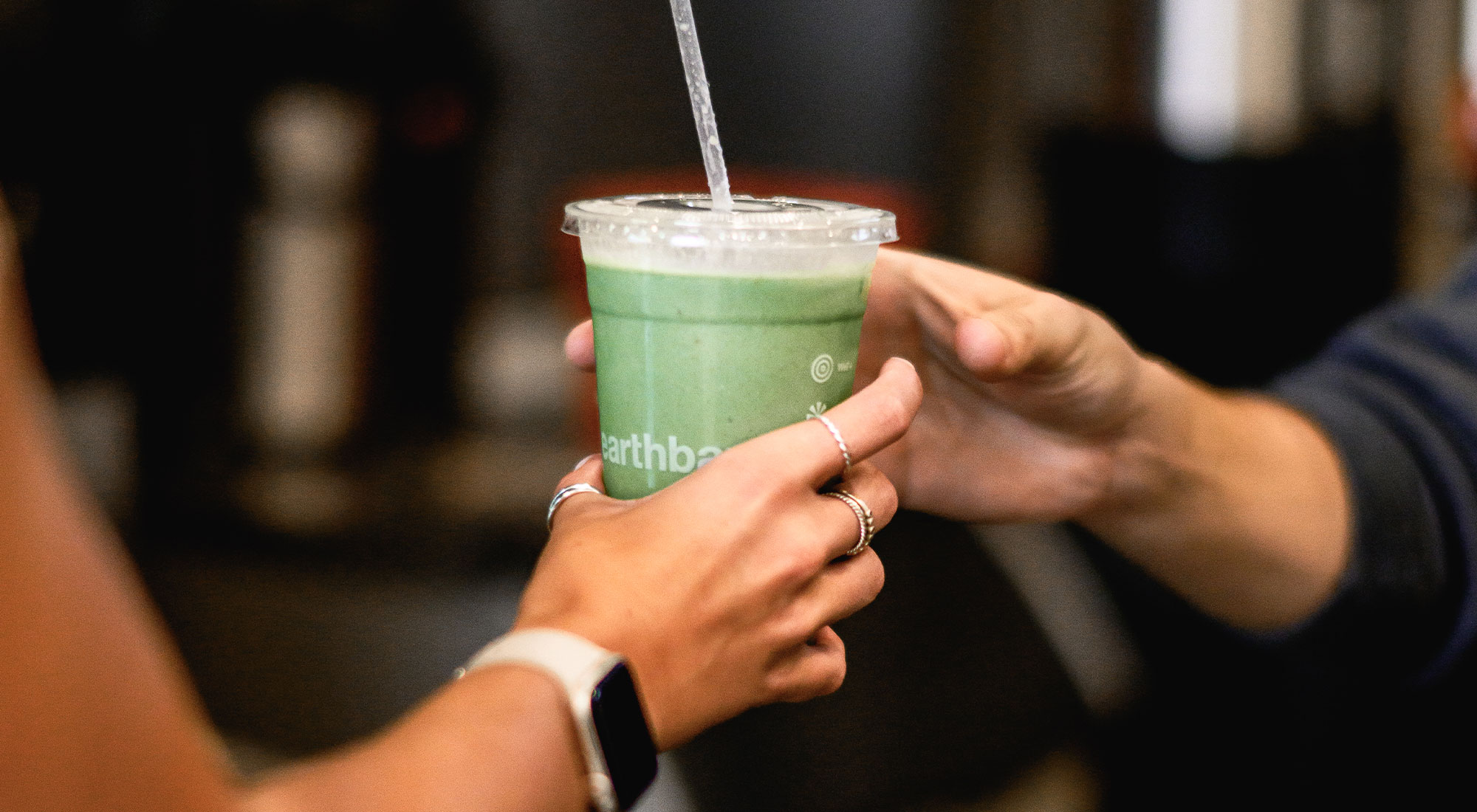go further by swell
From the latest in fitness news to pre-and post-workout nutrition advice, our blog is dedicated to helping you make the most of your workouts both in and out of the gym.
Strength Starts Here: Sculpting a Summer Bod—Fitness Tips for Men
Summer beckons with its promise of sunshine, barbecues, and (of course) the quest for the elusive “summer bod.” But achieving this isn’t just about aesthetics—it’s about prioritizing your overall health […]
READ MOREGear Up for Adventure: Choosing the Right Clothes for Summer Fitness
Summer is a perfect time to embrace outdoor fitness activities and gear up for adventure. Whether you’re hitting the pool, jumping on a spin bike, or stepping into a high-intensity […]
READ MOREFuel Your Performance: Tips for Healthy Eating to Meet Summer Fitness Goals
Sunshine, longer days, and the call of summer fitness! As you ramp up your workouts, from race training to sculpting your beach bod, remember: what you eat fuels your journey. […]
READ MORESpring Clean Your Diet with These Tips from Swell Santa Barbara
As spring paints the Santa Barbara landscape with vibrant hues, a similar transformation can occur on your plate! Here at Swell Santa Barbara, we believe in a holistic approach to […]
READ MORECelebrating Female Trainers: Spotlight on Santa Barbara’s Women Fitness Coaches
March 8th is International Women’s Day, and this year’s theme is “Inspire Inclusion.” This annual celebration and what it represents is important. We wanted to take this opportunity to explore the evolution of […]
READ MOREHeart Rate Zones Explained: Maximizing Cardiovascular Fitness
No matter where you are in your fitness journey, understanding heart rate zones can help you optimize your sweat sessions and hit cardiovascular benchmarks. In this blog, you will learn […]
READ MOREBottoms Up: How We’re Helping Members Celebrate National Green Juice Day
It goes without saying that we love green juice and smoothies at Santa Barbara Athletic Club. That’s why, on January 26th, we’re celebrating National Green Juice Day by offering our […]
READ MORE
SPECIAL MEMBER OFFERS
We’ve partnered with some local friends to provide our members with extra perks around town. Check out these special offers to enjoy all that Santa Barbara has to offer!
🏋️♂️ Welcome to Swell Santa Barbara, the athletic club you can count on and your second home. Join us for top-notch facilities, friendly community, and endless fitness possibilities.

🎾 Sign up for our summer tennis camp! Perfect for kids of all skill levels. Visit the link in our bio for more info and to register! 🌞🏸

Get motivated and stay fit with our group fitness classes! Join us for a variety of fun and energizing workouts.

Join a gym you’ll look forward to every day of the week. Discover your motivation at Swell Santa Barbara!

💦 Dive into summer with our water aerobics classes at Swell Goleta! Perfect for all fitness levels. 🌞 🏊♀️ Join us and stay cool while you get fit!

🧘♀️ Discover the benefits of Reform Pilates, exclusively for our club members!
*additional class fee required.

Let your kids discover a new passion with tennis! Sign them up for Swell Tennis Camp at our Swell Goleta location now through August 16.
Visit the link in our bio for more info to sign up!

🌬️✨ Discover the healing power of breath in our newest class at Swell Santa Barbara, "Breath As Medicine" with Jenn Parma of Integrate-ness.
Join us every 3rd Tuesday for a transformative journey to reduce stress, enhance sleep, detoxify the body, and foster deep connection and self-awareness. Don`t miss out on this profound experience!

Elevate your gym experience by joining Swell Santa Barbara. Discover the difference today!
🎉Join now and enjoy a discounted initiation fee plus free swag! Don’t miss out on this limited-time offer at both locations🌟

🏸🌞 Join us for a fun-filled tennis camp for kids! Perfect for beginners and young pros alike, our camp offers expert coaching, exciting activities, and lots of fun.
Visit the link in our bio for more info and to sign up!

Stay Up-To-Date
Receive important club information like class cancellations, club closures, social events, fitness classes, and much more with our Swell Newsletter!
HOURS
Monday - Friday:
5:00am - 9:00pm
Saturday & Sunday:
6:30am - 7:30pm







